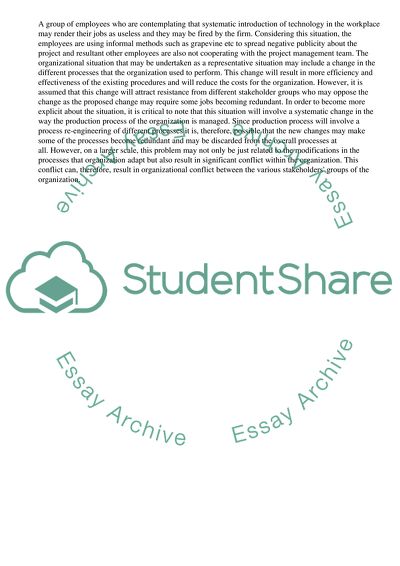Cite this document
(“Management Decision Making Research Paper Example | Topics and Well Written Essays - 5000 words”, n.d.)
Management Decision Making Research Paper Example | Topics and Well Written Essays - 5000 words. Retrieved from https://studentshare.org/management/1740013-management-decision-making
Management Decision Making Research Paper Example | Topics and Well Written Essays - 5000 words. Retrieved from https://studentshare.org/management/1740013-management-decision-making
(Management Decision Making Research Paper Example | Topics and Well Written Essays - 5000 Words)
Management Decision Making Research Paper Example | Topics and Well Written Essays - 5000 Words. https://studentshare.org/management/1740013-management-decision-making.
Management Decision Making Research Paper Example | Topics and Well Written Essays - 5000 Words. https://studentshare.org/management/1740013-management-decision-making.
“Management Decision Making Research Paper Example | Topics and Well Written Essays - 5000 Words”, n.d. https://studentshare.org/management/1740013-management-decision-making.


